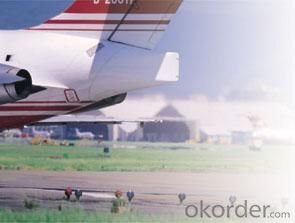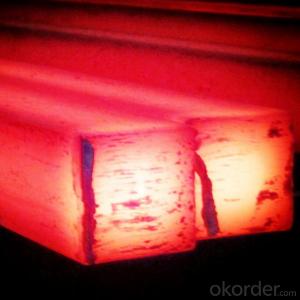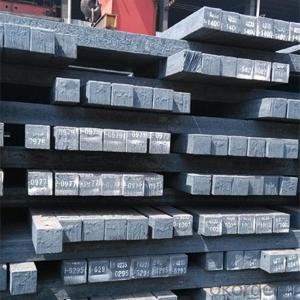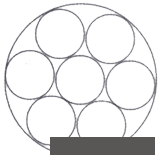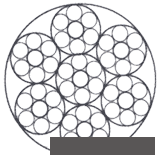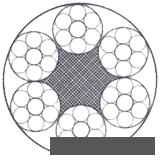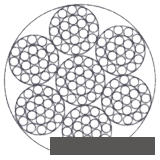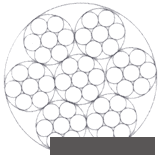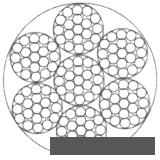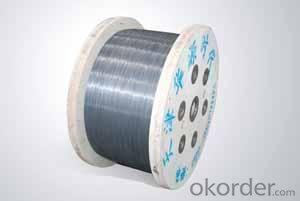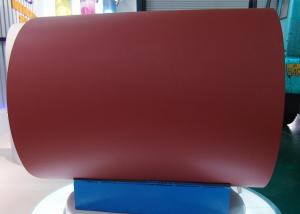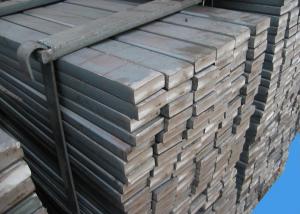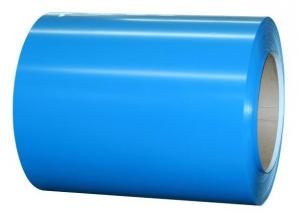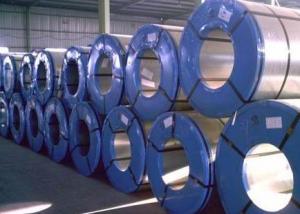STEEL WIRE ROPE FOR AREONAUTICAL
- Loading Port:
- China Main Port
- Payment Terms:
- TT or LC
- Min Order Qty:
- -
- Supply Capability:
- -
OKorder Service Pledge
OKorder Financial Service
You Might Also Like
| ||||||||||||||||||||||||||||||||||||||||||||||||||||||||||||||||||||||||||||||||||||||||||||||||||||||||||||||||||||||||||||||||||||||||||||||||||||||||||||||||||||||||||||||||||||||||||||||||||||||||||||||||||||||||||||||||||||||||||||||||||||||||||||||||||||||||||||||||||||||||||||||||||||||||||||||||||||||||||||||||||||||||||||||||||||||||||||||||||||||||||||||||||||||||||||||||||||||||||||||||||||||||||||||||||||||||||||||||||||||||||||||||||||||||||||||||||||||||||||||||||||||||||||||||||||||||||||||||||||||||||||||||||||||||||||||||||||||||||||||||||||||||||||||||||||||||||||||||||||||||||||||||||||||||||||||||||||||||||||||||||||||||||||||||||||||||||||||||||||||||||||||||||||||||||||||||||||||||||||||||||||||||||||||||||||||||||||||||||||||||||||||||||||||||||||||
- Q: What are the different types of steel wire and their uses?
- There are several types of steel wire, each with its own unique properties and uses. Some common types include carbon steel wire, stainless steel wire, galvanized steel wire, and spring steel wire. Carbon steel wire is widely used in construction, automotive, and manufacturing industries due to its high strength and durability. Stainless steel wire is corrosion-resistant and commonly used in applications requiring hygiene and strength, such as medical devices and kitchen utensils. Galvanized steel wire has a protective zinc coating and is often used in fencing and agricultural applications. Spring steel wire has excellent elasticity and is primarily used in springs and other mechanical components.
- Q: How is steel used in the manufacturing of agricultural machinery?
- Steel is commonly used in the manufacturing of agricultural machinery due to its strength, durability, and resistance to wear and tear. It is used to construct various components of the machinery, such as the frame, chassis, and gears, which require high strength to withstand the demanding conditions of agricultural operations. Additionally, steel can be easily molded and welded, allowing for the fabrication of complex and customized parts, making it an ideal material choice for agricultural machinery manufacturing.
- Q: What are the different types of steel sections?
- There are several different types of steel sections, including I-beams, H-beams, U-channels, angles, and T-sections. Each type of section has its own unique shape and structural properties, making them suitable for various applications in construction and engineering.
- Q: What are the common uses of steel in the food processing industry?
- Steel is commonly used in the food processing industry for a variety of purposes such as manufacturing food storage containers, processing equipment, and utensils. It is also used in the construction of food processing facilities, ensuring durability and compliance with hygiene standards. Overall, steel's strength, corrosion resistance, and easy cleanability make it an ideal material for maintaining high standards of sanitation in food processing.
- Q: How do steel products contribute to the healthcare and medical industry?
- Steel products contribute to the healthcare and medical industry in numerous ways. Steel is a durable and hygienic material that is widely used in the construction of medical facilities, including hospitals and clinics. It provides a strong and secure infrastructure for the safe and efficient delivery of healthcare services. Additionally, steel is used in the manufacturing of medical equipment and devices. From surgical instruments to imaging machines, steel's strength and corrosion resistance make it an ideal material for these critical tools. Steel also plays a crucial role in the production of medical implants, such as joint replacements and pacemakers, ensuring their durability and longevity. Furthermore, steel is utilized in the transportation and storage of medical supplies and pharmaceuticals. Steel containers and shelves provide a reliable and secure means of transporting and storing essential healthcare products, ensuring their safety and efficacy. Overall, steel products contribute significantly to the healthcare and medical industry by providing a strong and reliable infrastructure, manufacturing essential equipment and devices, as well as facilitating the transportation and storage of lifesaving medical supplies.
- Q: How is steel used in the automotive industry?
- Steel is used extensively in the automotive industry for various applications such as car bodies, chassis, and structural components due to its exceptional strength, durability, and affordability.
- Q: What are the common welding techniques used for steel?
- The common welding techniques used for steel include shielded metal arc welding (SMAW), gas metal arc welding (GMAW), flux-cored arc welding (FCAW), and gas tungsten arc welding (GTAW).
- Q: How is steel used in the production of storage tanks?
- Steel is commonly used in the production of storage tanks due to its durability, strength, and resistance to corrosion. It provides a reliable and long-lasting storage solution for various substances, including liquids and gases, as it can withstand high pressures and harsh environmental conditions. The steel is typically formed and welded to create the desired tank shape, and its properties ensure the containment and safe storage of materials over an extended period of time.
- Q: How is steel used in the production of playground equipment?
- Steel is used in the production of playground equipment due to its durability and strength. It is commonly used to construct the frames and supports of structures such as swings, slides, and climbing frames. Steel's robust nature ensures the equipment can withstand the weight and movement of children, making it a safe and reliable material for playgrounds.
- Q: How does steel pipe threading for plumbing applications work?
- Steel pipe threading for plumbing applications is a process where a steel pipe is cut with a specialized machine to create threads on the outside surface. This allows the pipe to be easily connected to fittings or other pipes using thread sealants. The threading process involves rotating the pipe while a cutting tool removes material, forming the threads. This creates a secure and leak-proof connection, making it suitable for various plumbing applications.
Send your message to us
STEEL WIRE ROPE FOR AREONAUTICAL
- Loading Port:
- China Main Port
- Payment Terms:
- TT or LC
- Min Order Qty:
- -
- Supply Capability:
- -
OKorder Service Pledge
OKorder Financial Service
Similar products
Hot products
Hot Searches
Related keywords



